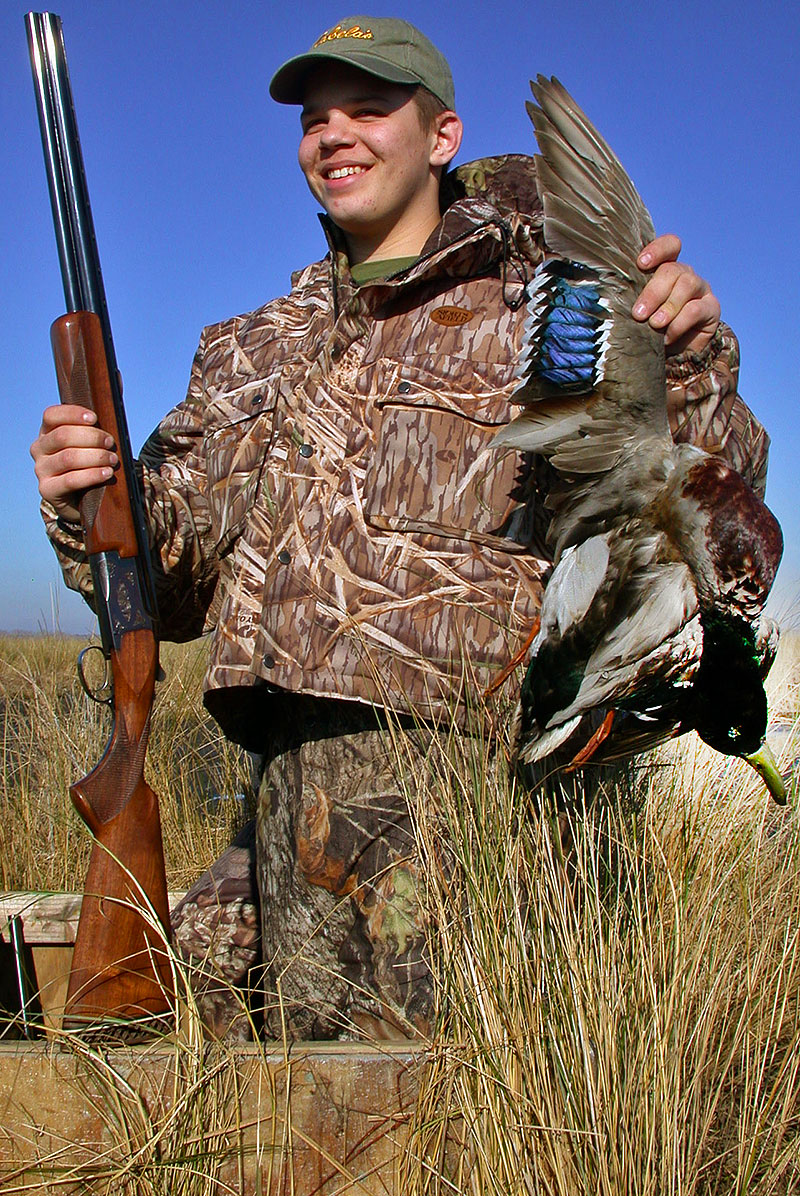
From Canada to the Louisiana Gulf Coast, ducks have been called to, shot at, decoyed and spooked at just about every place they’ve attempted to light on the flyway by January.
You need to use subtle tactics, decoy set-ups and calls the ducks haven’t heard or seen often to take late-season ducks. Your camouflage, too, must match the foliage where you’re hunting. Colors in nature change during the season and hunters and blind camo must do the same.
Taking late-season ducks is much like bagging a late-season turkey on public lands. That turkey and those ducks most often know more about what hunters do than hunters understand about these smart birds. Every technique that may have worked in the early season probably won’t pay dividends in the late season. Remember: you’re hunting the smartest birds you’ll pit your skills against all year.
Ducks that have been in the same area for an extended time — perhaps for a month without migrating — are called stale ducks and often are almost unhuntable. They’ve seen and heard every duck call made, each duck decoy built, and every blind used. The ducks may become nocturnal after you’ve been hunting the same bunch of ducks for four to six weeks. These late-season ducks only may feed at night and only fly into big open reservoirs or unhunted areas when they must.
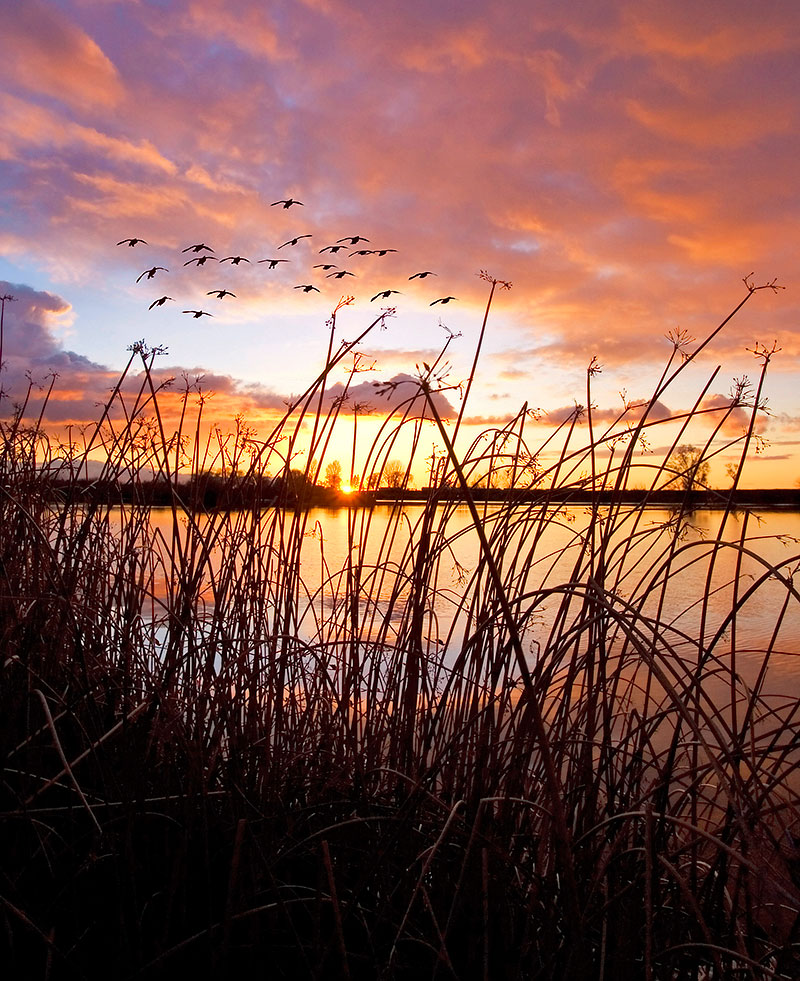
Using the best decoy spreads
You need to use the most realistic decoys you have or can buy. The decoy spread that’s often proven the most reliable with late-season ducks is smaller in size and is put in a secluded area like a pothole.
A hunter may place only two or three decoys in January in water that’s so shallow hunters can’t get their boat blinds in to it. They may have to wade through the water to reach that shallow water to hunt. It’s worth the effort.
Ducks usually already have paired-up for mating by January and won’t want to remain in traditional feeding areas with other ducks, according to information learned by Ducks Unlimited biologists.
Ducks instead prefer to stay in shrub habitat and thick cover where they can isolate themselves, perhaps in a swamp or a marsh with thick cover. These scientists also have learned that the pairings of ducks, especially mallards, happens earlier in wet years. The dryness and drought conditions present across much of Louisiana and Mississippi this past year may have delayed these pairings. You may be seeing the ducks in larger groups in feeding areas, looking to find mates later this year.
Hunters may set their decoys too far apart from each other when the weather is very cold. Those who hunt January ducks generally recommend setting decoys on the land within a foot of each other on cold mornings to give the impression that those ducks and geese are staying close to each other, trying to get warm.
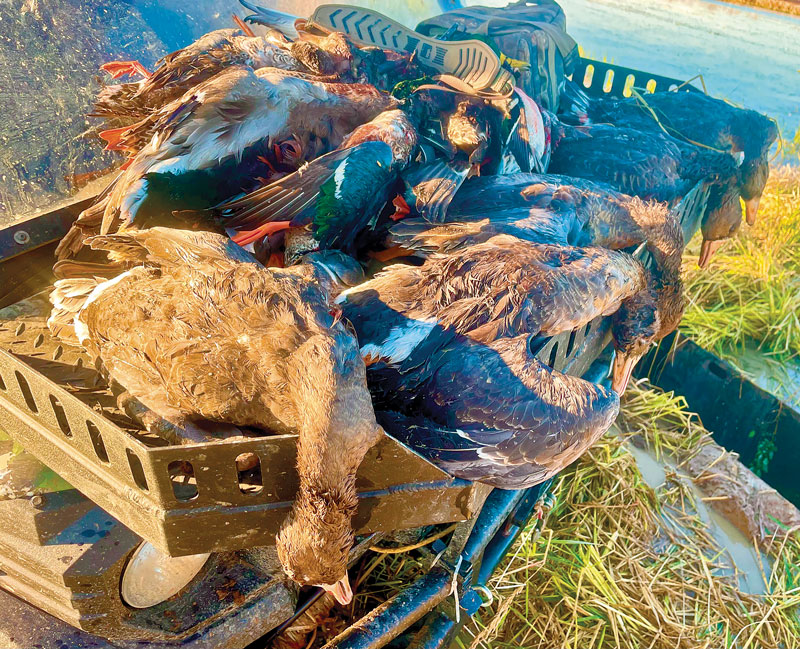
They must not set the floating decoys too close together, because they need the decoys to move with the wind. Tightening-up or loosening a spread is much easier when using full body decoys or shells that you’re putting on sandbars or mud flats. The floaters need to be able to move and not run into each other to be effective.
A last-resort tactic some hunters use when ducks fly over their blinds but won’t commit and come into the decoys is to set up a small, lifelike decoy spread 60 yards downwind of a blind that’s fully grassed, natural looking and camouflaged on all sides and overhead. Hunters then are in the perfect position to take ducks as the ducks start getting low, coming toward the decoys and flying over the blind, before picking up and then begin climbing away from the decoys.
This type of duck hunting is setting up like you will if you’re pass-shooting doves as they fly into a cornfield. You already know the ducks won’t light in the decoys, but will come to within 60 or 70 yards of your blind and decoys before they begin climbing higher in the sky and not present any shots.
In that case, the hunter needs to put their blind out in front of the decoys, instead of behind the decoys. The ducks still will be low enough to shoot when they fly over the blind, giving the hunter an easy shot once he determines his lead. He then can swing the barrel of his gun from behind the duck and continue his lead after he shoots. Many duck hunters even leave the blind and hunt in small concealed bushes or covered with grass on a levee or high spot where the ducks are approaching the decoys.
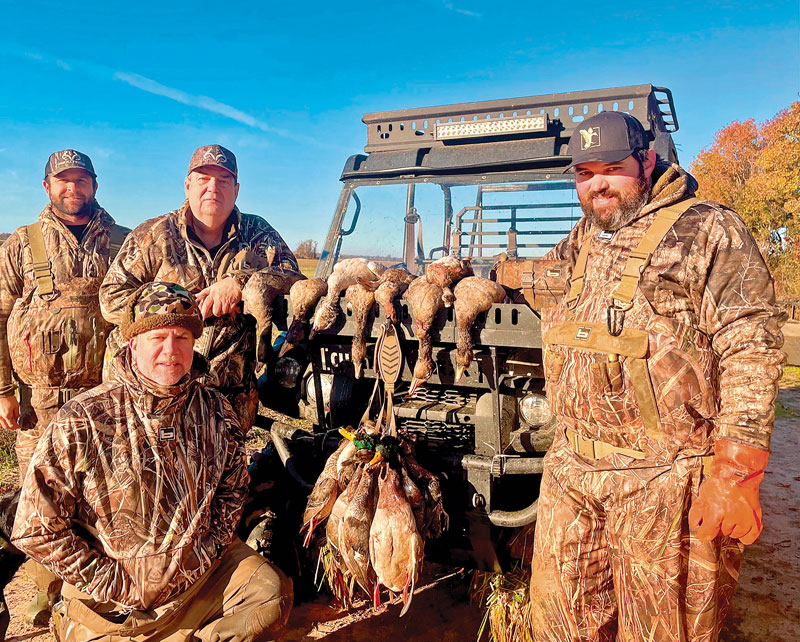
Understanding January calling
Many successful hunters trying to take late-season ducks keep their calling at a minimum, as they’ve learned that less calling often is more effective with January ducks. They also need to get as far away from other hunters and their calling as possible.
By this time of year, when ducks are coming in to a decoy spread, they‘re not looking for what’s right about the spread. They’re searching for what’s wrong about the spread. Don’t blow your call, don’t move, and especially don’t call to the birds when they’re right over the top of your blind. Ducks right over your blind will understand exactly who you are, and where you are, if you blow your call then, especially if you’re in an open top blind. You might get away with calling ducks softly from a pit blind, if you have cover overhead, even if the ducks are straight above you.
Most January hunters recommend not calling to a duck until it’s past the blind and leaving the decoy spread. Then give the best five note hen greeting or comeback call you’ve got before shutting up. The greeting call is the same call as the comeback call. That’s when the ducks generally will turn, fly around and come into the decoys. Some hunters may begin to give feeding calls as soon as the ducks come back toward the decoys.
The best hunters often give few feeding calls in January. They prefer to sound like contented ducks on the water. A person who calls confidently sounds very different from a hunter who calls timidly. The timid duck caller won’t get as many good results as the confident duck caller will.
A severe cold front that comes in and moves old ducks out of your area may bring new ducks into the place you’re hunting. These ducks may have heard a lot of calling and been hunted heavily. They don’t know anything though about this new place — where the hunters are, and/or what the decoy spreads look like there.
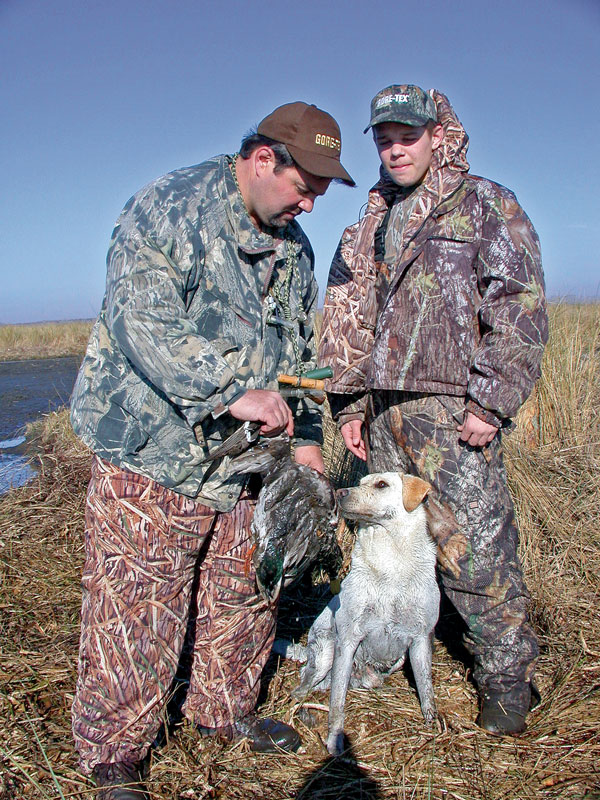
Hunters must be expert with their duck calling then, telling those new ducks what they want to hear, and when they want to hear it. A hunter who blows a five to a six note hen greeting call raspy and aggressive may call in those new ducks, regardless of how many duck calls those birds have heard, or how far down the flyway they’ve come. End of the season duck hunters need to understand when to shut up and not call to take more ducks.
Keeping your gun clean and dry
Savvy hunters know the importance of cleaning their shotguns thoroughly and breaking them down after hunting January ducks, especially gas operated shotguns. Extra care must be taken to remove carbon buildup on the gas piston and the magazine tube. Many hunters use mineral spirits that are easily available for this task.
Hunters shooting shotguns with synthetic stocks need to remove their butt pads and sling swivels and drain any water that’s collected in the stocks. They can’t be lazy about cleaning their shotguns but must keep them clean and dry so that they will cycle. To not do so is to invite failure.
The best and fastest way to learn to hunt, decoy and call late-season ducks may be to hunt with a veteran hunter specializing in hunting late-season ducks. You’ll need to keep your mouth shut and your duck callers on your lanyard and watch, listen and learn.
No matter whether you’re hunting late-season ducks or late-season turkeys, the old saying, “A young dog learns from an old dog quicker,” is always true. A veteran late-season hunter uses many nuances and subtleties that a new, late-season hunter needs to learn. This is the reason why waterfowlers who want to learn how to take late-season ducks often will hire a guide to learn when to do what when hunting these smartest ducks of the season.


